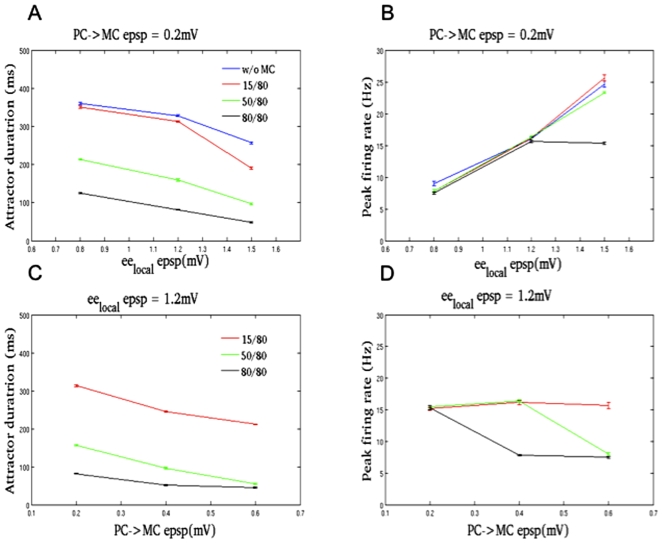Figure 4. Attractor duration and peak firing rate of PCs during different connection paradigms when connection strengths are varied.
See the text for a description of these connection paradigms. The value at the bottom of each subfigure is the varying quantity and on the top is the quantity that is held constant. (A,C) PCs attractor duration showed a linear response to increase in PC -> PC (0.8, 1.2, 1.5 mV) and PC -> MC (0.2, 0.4, 0.6 mV) epsp size. (A) The attractor duration decreased as PC -> PC strength increased. The response to “without MC” paradigm was similar to “15/80”, but “50/80” and “80/80” paradigms showed marked reduction in the attractor duration. (C) Increase in PC -> MC connection strength also showed a similar trend. (B,D) It takes about 80 ms after PCs enter an attractor state before spike-frequency adaptation and synaptic depression take effect causing a reduction in average firing rate. (B) If the MCs become active before the above factors take effect, the peak-firing rate will be affected as in the case of “80/80” paradigm when the PC -> PC Epsp size is 1.5 mV. Apart from this single exception, the peak firing rate showed a linear response. (D) The onset of MC firing was quicker when PC -> MC connection strength was doubled and tripled.

